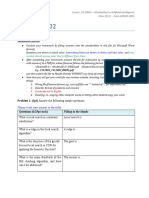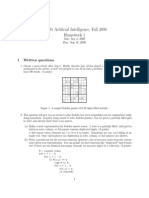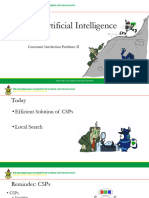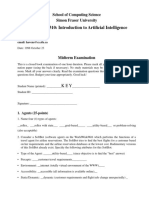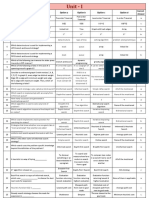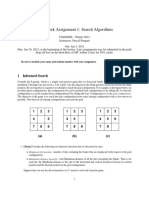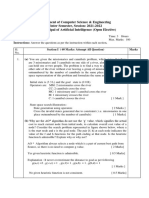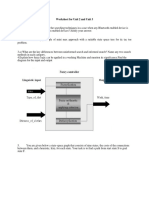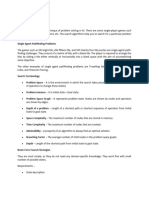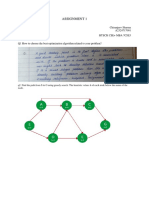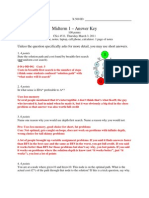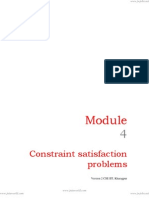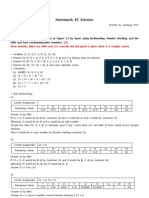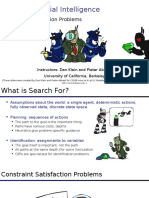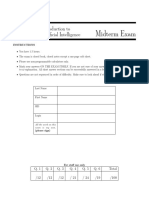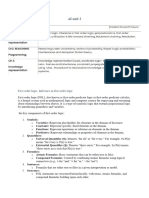0% found this document useful (0 votes)
42 views5 pagesCP 422 Assignment 01
The document outlines an assignment for students at the University of Dodoma's College of Informatics and Virtual Education, focusing on various algorithms and search methods in computer science. It includes specific instructions for group work, submission formats, and deadlines, along with detailed questions covering topics such as search algorithms, local search, constraint satisfaction problems, and proof by resolution. The assignment is divided into several parts, each requiring theoretical explanations, practical implementations, and comparisons of different algorithms.
Uploaded by
makunifuraha2025Copyright
© © All Rights Reserved
We take content rights seriously. If you suspect this is your content, claim it here.
Available Formats
Download as DOCX, PDF, TXT or read online on Scribd
0% found this document useful (0 votes)
42 views5 pagesCP 422 Assignment 01
The document outlines an assignment for students at the University of Dodoma's College of Informatics and Virtual Education, focusing on various algorithms and search methods in computer science. It includes specific instructions for group work, submission formats, and deadlines, along with detailed questions covering topics such as search algorithms, local search, constraint satisfaction problems, and proof by resolution. The assignment is divided into several parts, each requiring theoretical explanations, practical implementations, and comparisons of different algorithms.
Uploaded by
makunifuraha2025Copyright
© © All Rights Reserved
We take content rights seriously. If you suspect this is your content, claim it here.
Available Formats
Download as DOCX, PDF, TXT or read online on Scribd
/ 5


